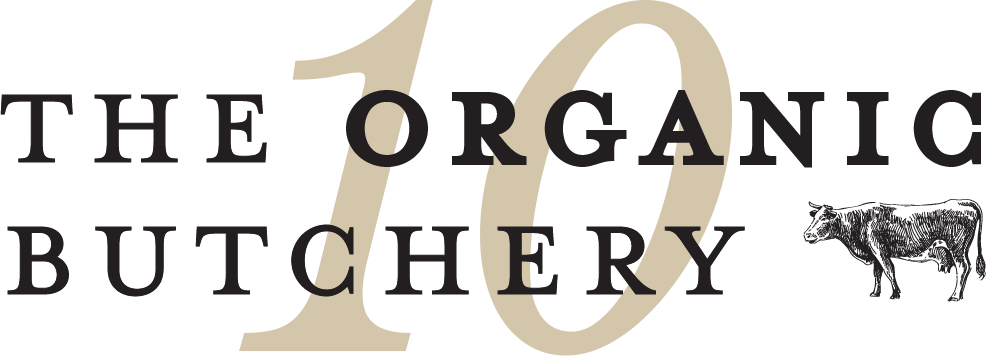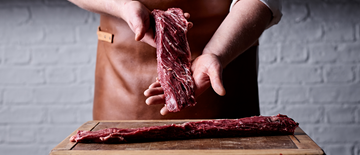A successful fire needs three elements: heat, fuel and oxygen. Getting each of these components right will help you build the perfect campfire to keep you warm while roasting your marshmallows to perfection. If you’re neither an experienced firelighter nor Bear Grylls (most of us aren’t), setting ablaze can seem an exasperating undertaking. But by following these simple steps you’ll be a master campfire builder in no time, even if you never got the scout or brownie badge.
1. Weather – before you begin your campfire, keep an eye on the weather. If it’s dry (hurray), your fire won’t need any special treatment. If it’s been raining or looks like it could rain, make sure you’ve got some newspaper or cardboard to give your fire a dry base.
2. Location – the perfect (and safest) location for your fire is on soil. When you’ve chosen your position, clear away any leaves, dry grass or other debris that could catch alight. Then dig a shallow hole with the deepest point at the centre.
3. Layout – collect some good-sized stones and make a circle around the rim of the hole. This stops the fire from spreading and the stones will heat up and act like a radiator.
4. The base – if the weather’s fine, collect dry leaves, bark and tiny twigs and use them to line the bottom of the hole. Use newspaper and cardboard if the weather’s been wet.
5. Kindling – either forage for some super-dry kindling, or buy some ready chopped and dried. Make a tepee shape of kindling on top of the base, using enough to make it sturdy but leaving space for air to blow through. Remember not to overload the fire at this stage or it’ll be smothered before it starts.
6. Lighting – if your kindling and base are tinder dry you should be able to light them just with a match or lighter. Some lighter fluid squirted sparingly on the kindling will do the trick if things are a bit damp.
7. Feeding – as the wood begins to burn you can start to add bigger logs or some charcoal. Remember not to overwhelm it with too much fuel too quickly, though. As the fire grows and produces heat, add logs gradually to keep it burning without building it too high.
8. Dousing – never leave a hot fire, even if the flames have subsided, as there’s the risk of it catching again. A splash of water is all that’s needed to cool the embers.










0 comments